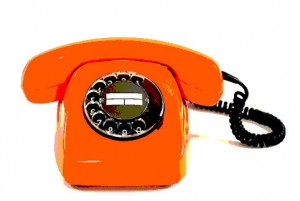 Facilitating a small client strategic planning session, I copied the PowerPoint to accompany the session on a USB drive. When I arrived at the session to load the needed files on my laptop, it turned out I had only copied a shortcut. There were no files to be found on the USB drive, which meant no PowerPoint for the strategic planning session.
Facilitating a small client strategic planning session, I copied the PowerPoint to accompany the session on a USB drive. When I arrived at the session to load the needed files on my laptop, it turned out I had only copied a shortcut. There were no files to be found on the USB drive, which meant no PowerPoint for the strategic planning session.
While I hadn't planned to do the session without PowerPoint, the smallish room I knew we’d be in actually meant things worked very well without the PowerPoint. But it worked because I had scouted the room in advance, devised alternatives, and prepared redundancies beforehand.
7 Steps to Be Ready to Present When Your PowerPoint Fails
When you find yourself in a comparable presentation situation, are you ready with redundancies? Here are seven steps you can take to be ready when the PowerPoint doesn’t work out:
- Have your slides printed out in a format that allows you to easily use them for visual cues
- Put a copy of the presentation in the cloud
- Confirm you have a copy of the presentation on a portable drive (and, as I learned, leave yourself time to double check this)
- Have handouts for any in-depth information participants will need to see to interact and clearly understand your content
- Have such a deep command of the material that you can present without any visuals or prompts
- Write an outline of the key topic areas beforehand and be ready to present from it
- Use a flip chart to outline key presentation points and graphics
Yes, it’s more work to be doubly or triply prepared, but doing so allows you the flexibility to deliver for your audience just as you have promised, even if it’s not how you originally planned.
What do you do to avoid presentation meltdowns? - Mike Brown




